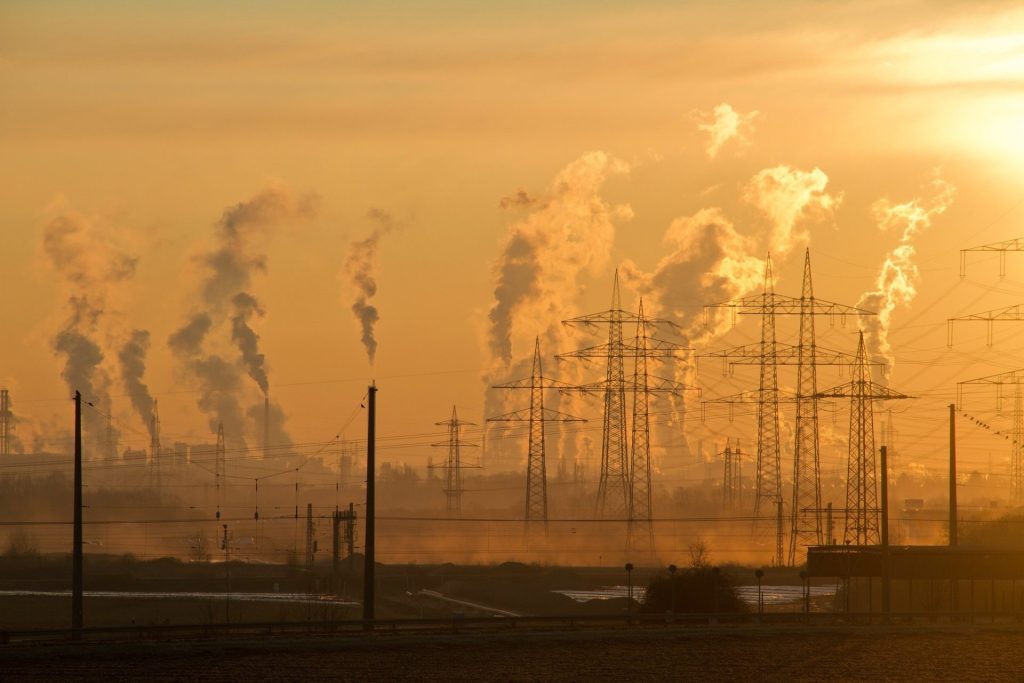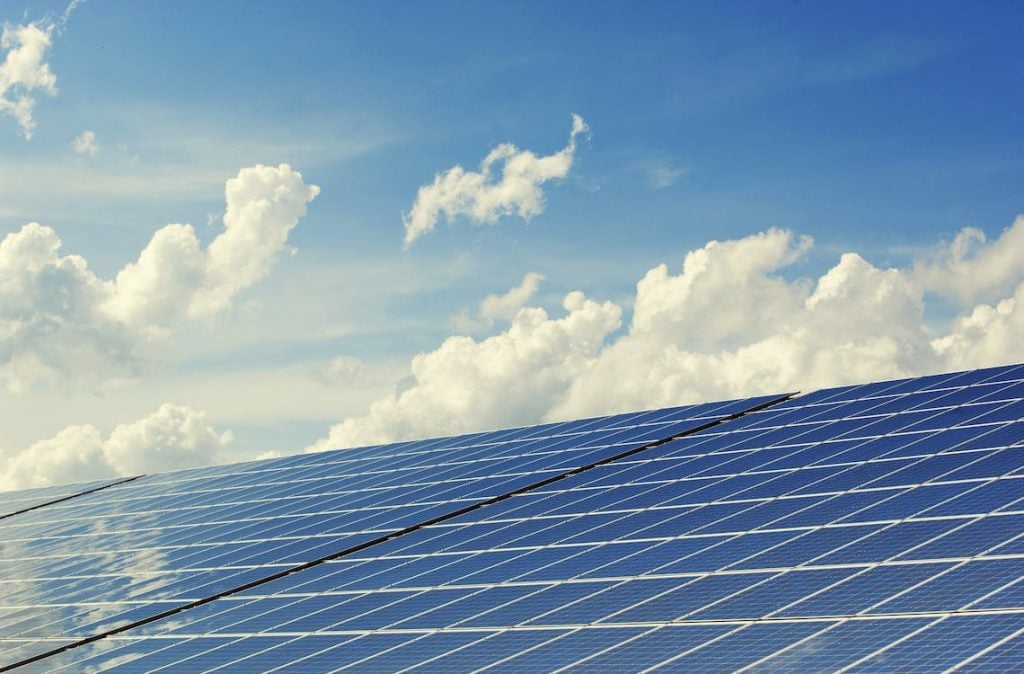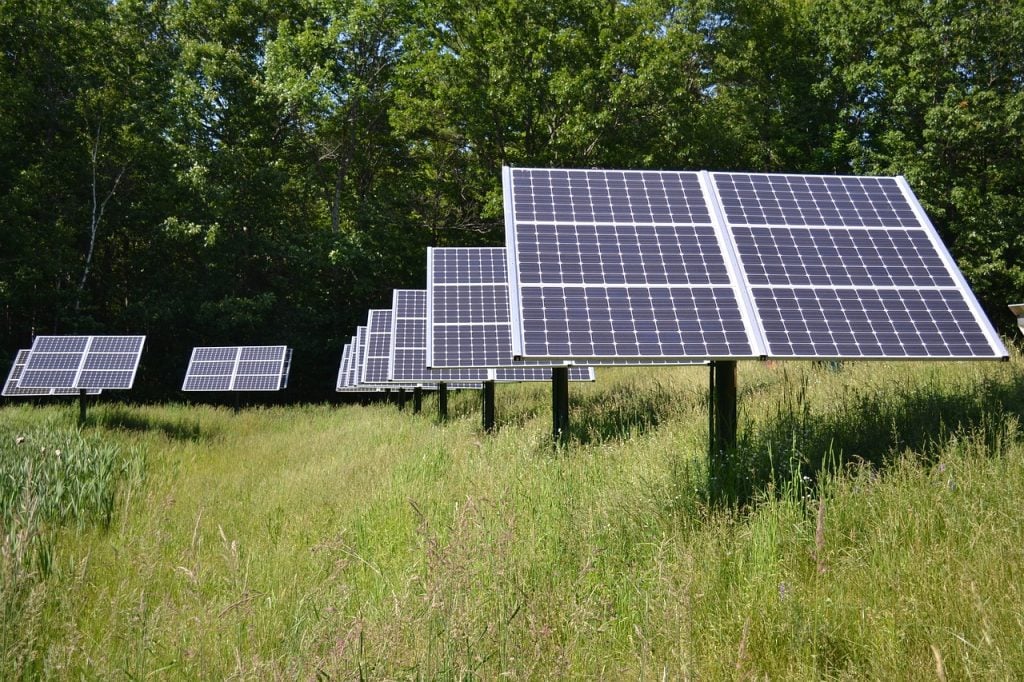BLOGS
Spanish Household Energy Consumption Patterns
There are many different kinds of families that live together in Spain, such as nuclear families, single-person households, households with multiple generations living together, and shared lodgings.
Alterations in population characteristics, such as an aging population and a rise in urbanization, have had an impact on the structures of households and the patterns of energy usage.
For example, there has been an increase in the number of homes consisting of only one person, which has led to an increased desire for living arrangements that take up less space and consume less energy.
The environmental and long-term viability of our society is profoundly influenced by our habits of energy consumption.
In order to effectively build methods to lessen energy waste, lessen the effects of climate change, and advance a more sustainable future, it is crucial to first recognize these patterns.
Residential, commercial, industrial, and transportation energy consumption trends can be deduced from the big data and overall patterns.
Policymakers, energy experts, and businesses can use this information to develop tailored policies for energy conservation and efficiency by focusing on specific locations with high energy demand.
We can make energy policy to better achieve the goal of sustainable development, establish priorities for energy-saving measures, and adjust energy policy in light of consumption analysis.

There is a wide variety of housing types and energy habits.
Understanding the characteristics and habits of Spanish households is crucial for tackling energy concerns and promoting sustainable practices, from busy metropolitan flats to rural houses.
Identifying these trends is essential for developing efficient plans to increase energy efficiency and lessen negative effects of fossil fuels on the environment.
Yes, the trends affect a large part of our world.
The energy consumption habits of Spanish families are influenced by a number of factors:
Climate
The weather in Spain has a substantial impact on the ways in which people’s homes are heated and cooled, as well as the amount of energy that is used.
The climate of Spain is extremely varied, with significant regional differences in terms of temperature, humidity, and the amount of solar radiation received. T
hese climatic elements have a direct influence on the energy demands that households have for heating and cooling their living spaces as well as heating their water.
Households have a greater requirement for space heating in areas that experience winters with lower average temperatures, such as the northern sections of Spain.
The usage of heating equipment, such as boilers, radiators, or electric heaters, is required when the temperature drops below a certain point.
The length of the winter season as well as its intensity have a direct bearing on the amount of energy that is required for heating purposes.
Families in these regions typically consume more energy than average to keep their homes at a comfortable and warm temperature.

In contrast to places where winters are longer and colder, places that have hot summers, such as the southern coastal regions of Spain, have a higher overall demand for energy to cool their homes.
In order to provide comfort from the extreme temperatures, air conditioning systems are frequently utilized.
The frequency and length of time that an individual uses their air conditioner are both impacted by the length and severity of the summer season.
As temperatures rise, households become more reliant on their cooling systems, which results in an increase in the amount of energy that is consumed.
The typical patterns of energy use for heating water are also impacted by climate. Families have a greater need for hot water for bathing and other household activities in areas of the country that experience cooler winters.
Because of this rising demand, there has been a rise in the amount of energy used to heat water.
Solar water heating systems are also affected by the amount of solar radiation present; these systems are more successful in locations that receive a greater amount of sunlight.
Solar water heating is a viable alternative to the use of traditional energy sources in geographical regions that receive an abundance of sunlight.
Building Characteristics
The energy efficiency and life of a structure can be affected by both its layout and its orientation.
Natural lighting, solar heat gain, and ventilation are all affected by aspects of the structure’s orientation in regard to the sun, including the location of windows and shading devices, as well as the orientation of the building itself.
Buildings that are constructed to maximize the amount of natural light that enters them and optimize the amount of solar heat gain can decrease the amount of artificial lighting and heating that is required.
In this case study in addition to improving the flow of natural air, properly designed ventilation systems can reduce the need for artificially conditioned air.
The amount of insulation that is present in buildings has a considerable impact on the amount of energy that is consumed.
Buildings with adequate insulation keep heat within during the colder months and limit heat gain during the warmer periods, thereby reducing the amount of energy required for heating and cooling the building.
Inadequate insulation results in heat loss, which necessitates the use of additional energy to keep the temperature inside at an acceptable level.
In general, the energy requirements of Spanish families living in homes that are adequately insulated for heating and cooling are significantly lower.

There is a correlation between the age of a structure and its energy efficiency.
Older buildings frequently do not have any of the cutting-edge energy-saving measures that are currently available, and they may also have insufficient insulation or antiquated heating and cooling systems.
As a consequence of this, households that reside in older buildings have a tendency to have a higher overall energy consumed for both their heating and cooling needs.
However, the energy efficiency of older buildings can be considerably improved by various types of restorations and retrofitting.
Insulation upgrades, the replacement of old, inefficient appliances, and the installation of windows and doors that are more energy efficient can all lead to significant savings on one’s energy bill.
Appliance Usage
The widespread usage of home appliances and electronics has also raised demand for more electricity generation.
Energy and consumption pattern in the typical house is heavily influenced by high-powered appliances like air conditioners and freezers.
When compared to previous, less efficient models, newer versions of home appliances including refrigerators, washing machines, dishwashers, and air conditioners have a lower domestic energy consumption rate.
It is possible for Spanish households to cut their overall energy consumption and usage and their monthly power bills by prioritizing the purchase of energy-efficient appliances.
The amount of time an appliance is used also has an effect on the amount of energy it consumes.
By maximizing the potential of their appliances, Spanish households can reduce their energy consumption.
It is possible to achieve the highest possible level of energy efficiency, for instance, by only using washing machines and dishwashers when they are completely loaded.
In addition, turning off electrical gadgets entirely rather than leaving them in standby mode while they are not being used is the best way to avoid wasting needless amounts of energy.
Appliances can add to your home’s energy efficiency by being properly maintained and cared for.
Cleaning, defrosting, and changing the filters on appliances like freezers and air conditioners on a regular basis can help to maintain peak performance while simultaneously lowering overall energy use.
If Spanish households make maintenance of their appliances a priority, they can increase the lifespan of their appliances and enhance the efficiency with which they use energy.
Do not forget to turn off appliances when not in use because it plays an essential part in the the total consumption and energy consumption pattern here, including electricity consumption.
Also, Keep in mind to take care of your appliances because it affects their life cycle.

Socioeconomic Factors
Energy use is affected by socioeconomic and other factors.
Households with more people and greater household disposable income use more energy.
The energy consumption patterns of Spanish households are strongly influenced by their socioeconomic status.
Income, education, and housing are only some of the characteristics that fall under this category.
The energy usage patterns of Spanish households are strongly correlated with their disposable income.
The ability to invest in renewable energy sources, energy-efficient appliances, and insulation is correlated with household income, with higher-income households being more likely to do so.
They may also be able to afford larger homes and more appliances, both of which increase energy usage.
On the other hand, low-income family members may struggle to afford energy efficiency upgrades and may instead focus on satisfying their most basic energy requirements.
The energy usage patterns of Spanish households are strongly correlated with their disposable income.
The ability to invest in renewable energy sources, energy-efficient appliances, and insulation is correlated with household income, with higher-income households being more likely to do so.
They may also be able to afford larger homes and more appliances, both of which increase energy usage.
On the other hand, low-income families may struggle to afford energy efficiency upgrades and may instead focus on satisfying their most basic energy requirements.
An individual’s energy habits might be affected by their dwelling’s kind and condition.
Insulated, double-paned windows and high-performance heating and cooling systems are just a few of the ways that energy-efficient buildings cut down on their natural gas usage.
Homeowners who take good care of their properties are more likely to use less energy overall.
Homes in older, less well-insulated structures may have higher energy usage because of heat loss or the need for supplementary heating and cooling.

Sustainable Practices and Energy Efficiency
Promoting energy efficiency is vital to lowering residential energy usage and softening their environmental footprint.
There has been an increase in the adoption of energy-saving equipment, LED lighting, and better insulation among Spanish homes.
The government’s activities and financial incentives have been critical in fostering these norms.
However, more work is required to educate the public, reward environmentally responsible actions, and improve energy literacy in homes.
Implications for Long-Term Sustainability and Policy
There are environmental and economic repercussions of the way Spanish homes utilize energy.
1. Impact on the Environment
Excessive energy use in homes is a source of pollution and depletion of natural gas resources.
The fight against climate change and the preservation of natural resources can be aided by lowering energy use and increasing the use of renewable energy sources.
2. Economic Factors
High residential energy use also raises residential energy prices and strains the country’s energy grid, both of which have negative correlation.
Households can save money and help the energy system become more sustainable and resilient if they adopt energy efficiency practices.
3. Policy interventions
Energy efficiency standards for appliances, financial incentives for energy-saving renovations, promotion of sustainable building practices, and public awareness campaigns on energy conservation are all examples of policy interventions that can be used to address energy consumption patterns.
It is absolutely necessary, in order to achieve sustainable and effective energy use, to have a solid understanding of the patterns of energy consumption in Spanish households.
Stakeholders may establish focused initiatives to increase energy efficiency, reduce environmental impact, and assure a more sustainable future if they recognize the elements that influence consumption and the implications for sustainability and policymaking.
The key to attaining a more ecologically conscious and cost-effective domestic energy consumption landscape in Spanish families is to implement supportive regulations, foster energy conservation and literacy, and encourage sustainable practices.
If you want to buy a house in the Spanish colonial style, Pontevedra is the best community to go.
One of the best urban areas to live is here in Sta. Rosa, specifically in the Pontevedra community.
Imagine being waken up by your alarm clock, and then proceeding to the dining room to eat your breakfast.
But wait, go to the la cocina first to prepare your food!
Afterwards, take a bath in your el baño, then get your hair dryer to achieve the perfect hair.
After eating and showering, you can proceed to the la sala to learn spanish, perhaps?
Indeed, this kind of life in Pontevedra is peaceful.
Suggested Read: Radiant Floor Heating: The Secret To Heated Floors In Luxury Homes
Suggested Read: Smart Home And Glass House: What It Brings To The Table
Suggested Read: Best Indoor Plants For Cooling Your Summer House
Suggested Read: Cooling Amenities Inside Your Luxury Home
Suggested Read: Saving Electricity In Condo During Summer

















